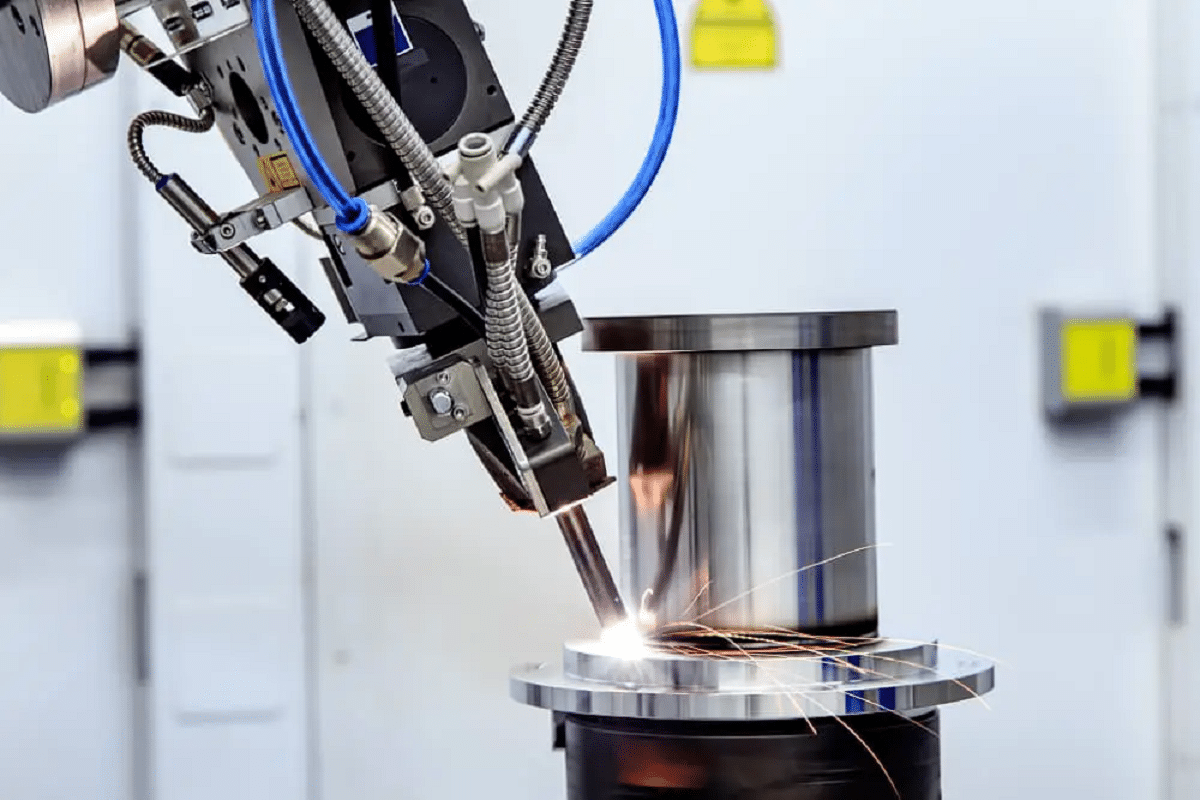A Comprehensive Overview to Identifying, Averting, and Dealing With Undercut Welding Troubles in Your Welding Jobs
In the realm of welding, encountering undercut issues is a common difficulty that can endanger the structural integrity and total top quality of your welding jobs. Comprehending the root creates behind undercut welding, having the ability to precisely spot it in your welds, and implementing reliable preventative procedures are important skills for any kind of welder. Furthermore, having the knowledge and techniques to remedy undercut issues when they do occur can make a substantial difference in the last result of your welding endeavors. Keep tuned as we check out the essential parts of identifying, preventing, and taking care of undercut welding problems, supplying you with important insights and strategies to raise your welding abilities to the next level.
Usual Reasons For Undercut Welding
Undercut welding, a common issue in welding processes, can be caused by various elements that need to be meticulously recognized and addressed to make sure the stability of the weld joint. One of the primary reasons of undercut welding is excessive warmth input.
Another typical root cause of undercut welding is improper welding method. Poor manipulation of the welding torch or weapon, wrong angle or range between the torch and the workpiece, or irregular traveling speed can all add to the development of undercut. In addition, making use of the incorrect welding consumables or electrode dimension for a particular joint setup can lead to undercut issues. Identifying these origin and applying rehabilitative procedures is essential in stopping and rectifying undercut welding problems in welding jobs.
Identifying Undercut in Welds

To determine undercut accurately, proper lighting and magnifying devices are vital to inspect the weld joint completely. Utilizing devices such as a welding scale or a magnifying glass can assist in discovering also the tiniest undercut imperfections. Furthermore, running a finger or a finger nail along the weld joint can occasionally reveal undercut, as the surface might really feel uneven or have a dip where the undercut exists.
Safety Nets for Undercut
Having a deep understanding of the reasons of undercut in welds enables for the execution of efficient preventive steps to maintain weld quality and integrity. These settings must be enhanced to prevent too much warmth input, which can lead to undercut development.

Methods for Repairing Undercut

Boosting the welding existing or lowering the traveling rate can help fill up in the undercut. Furthermore, transforming the welding technique from a press to a drag or vice versa can also aid reduce undercut.
Another strategy is to utilize a weaving motion while welding to make sure appropriate sidewall blend and fill in the undercut. By oscillating the welding arc back and forth within the weld joint, the welder can deposit a lot more filler material into the undercut areas, successfully getting try this rid of the issue.
Additionally, grinding out the undercut and rewelding the joint can be a practical remedy for extra serious undercut problems - Preventing weld undercut. This procedure involves getting rid of the undercut area, preparing the base metal, and then rewelding the joint with appropriate welding criteria and methods to avoid undercut from returning

Professional Tips for Preventing Undercut
Using correct welding strategies and preserving control over crucial welding specifications are critical approaches for welders aiming to avoid undercut in their weld joints. One professional suggestion for preventing undercut is to ensure correct joint preparation. This includes cleaning up the base steel completely to remove any type of impurities that might result in undercut formation. Additionally, picking the appropriate welding procedure and filler steel for the specific application can assist prevent undercut. Welders must additionally pay attention to the welding present and voltage settings, ensuring they are within the advised array to stay clear of overheating and potential undercut. Preserving a regular travel speed during the welding process is another crucial suggestion to stop undercut. By relocating at a consistent speed, welders can make sure appropriate fusion and lower the likelihood of undercut development. Lastly, evaluating the weld grain after completion can assist determine any type of indications of undercut beforehand, permitting for immediate corrective activity to be taken.
Verdict
In conclusion, determining, preventing, and taking care of undercut welding troubles in your welding tasks is critical for making certain solid and sturdy welds. Preventing weld undercut. By understanding the typical root causes of undercut, being able to identify it in welds, carrying out safety nets, and using appropriate methods for taking care of undercut, you can prevent prospective problems and produce top quality welds. Following expert pointers for staying clear of undercut can aid you enhance your welding abilities and generate far better cause your projects
Undercut welding, an usual issue in welding procedures, can be created by different factors that require to be thoroughly determined and addressed to guarantee the integrity of the weld joint. Furthermore, running a finger or great post to read a finger nail along the weld joint can sometimes expose undercut, as the surface may feel unequal or have a dip where the undercut exists.
Using proper welding techniques and maintaining control over vital welding specifications are crucial approaches for welders aiming to prevent undercut in their weld joints.In final thought, identifying, stopping, and fixing undercut welding issues in your welding projects is crucial for making sure resilient and strong welds. By recognizing the typical reasons of undercut, being able to recognize it in welds, implementing precautionary steps, and making use of proper methods for taking care of undercut, you can stay clear of possible problems and produce premium welds.